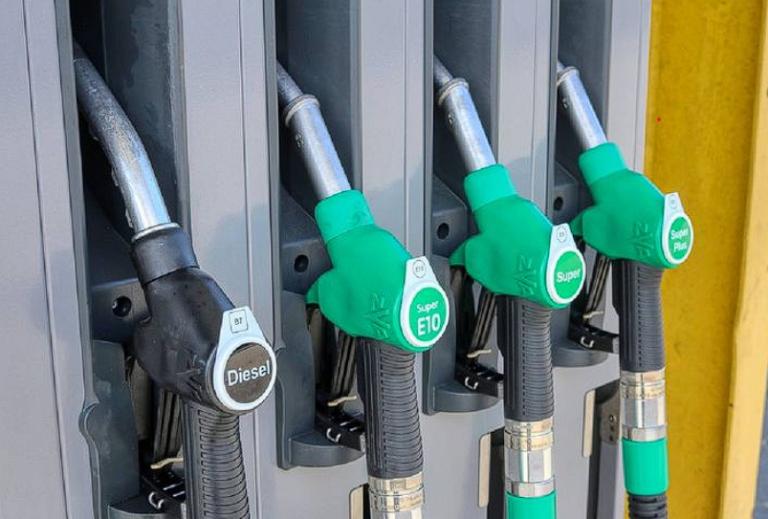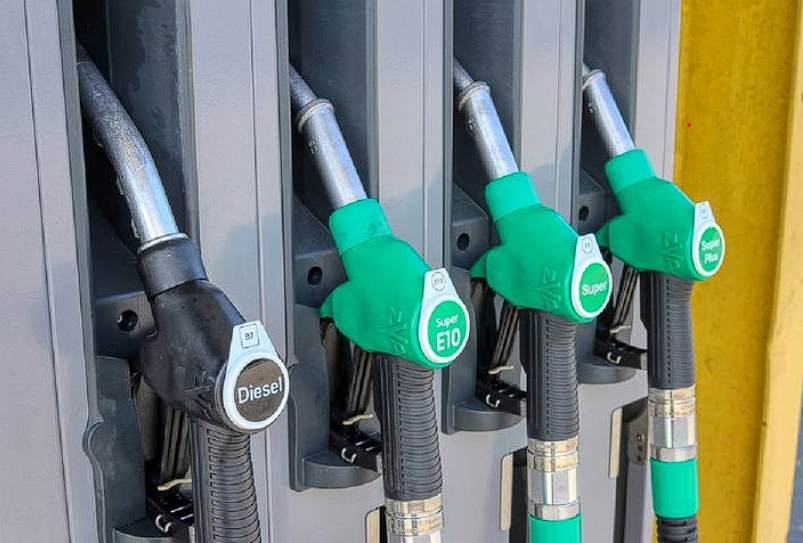
According to the Diesel Technology Forum (DTF,), diesel engines are the most energy-efficient internal combustion engines available, maximizing the value of money spent on fuel. However, with fuel prices rising, it’s a good time to make changes that can reduce your spending on diesel. DTF offers these tips for diesel truck operators and owners for reducing fuel consumption:
- Watch your speed. Every mile over 55 MPH increases diesel consumption by an average of 0.1 MPG.
- Use cruise control. Advanced predictive systems optimize engine RPM and vehicle speed based on load. This dramatically improves fuel economy, making adjustments better than even the most experienced diesel truck operators.
- Keep your equipment running in the highest gear possible. This reduces engine RPM, which in turn reduces diesel consumption.
- Only let the engine idle when it’s necessary. If you have a Class 8 truck, idling burns around ¾ of a gallon of diesel each hour. Idling also increases engine wear, costing you more at the shop as well as at the pump.
- Plan your trip for efficient driving. Avoid construction delays and drive at off-peak times where possible to avoid congestion.
- Check your tire pressure. Running at 10 PSI below the recommended pressure increases diesel consumption by 1% while increasing tread wear.
- Keep up on preventative maintenance. This doesn’t just keep diesel truck operators and their rigs on the road, it also helps the engine run efficiently.
- Accessories increase the load on your engine. Only use them when you need them.
- Use the right equipment for the job. If the tractor you use is too small, it will need to run at high RPM to keep up, increasing fuel consumption.
- Consider upgrading your equipment. New diesel is a lot more efficient than older models, which means you will quickly see a return on your investment.
- Where possible, use biodiesel blends. All diesel on the market today is built to use high-quality blends containing up to 20% biodiesel. These blends reduce greenhouse gasses and other emissions.


